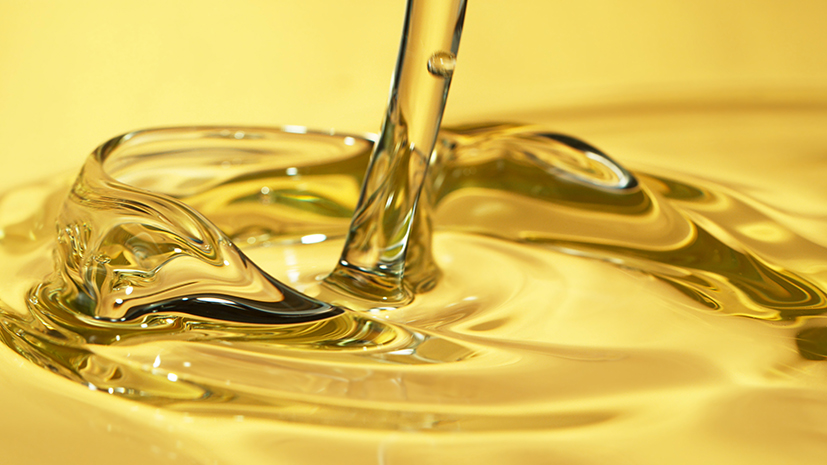Researchers at De Montfort University Leicester (DMU) have pioneered a new manufacturing process which could make the creation of biofuel from waste cooking oil faster and more efficient.
Professor Katherine Huddersman, Dr Rawaz Ahmed, Saana Rashid, and Ketan Ruperalia, all based in a team of experts from DMU’s Faculty of Health and Life Sciences, have created a new fibrous mesh-based catalyst which drives the reaction that separates vegetable oil and animal fats into biofuel and glycerol.
This new method avoids many of the issues found in traditional production methods. Although sodium hydroxide and potassium hydroxide catalysts are cheap and widely available, they react with the free fatty acids in the oil to create soap, and settle in the glycerol, needing to be removed. Metal oxide catalysts are powders and are difficult to handle, needing to be filtered out at the end of the process.
Waste cooking oil often contains higher amounts of free fatty acids than fresh oil, which generates more soap, hindering the reaction further.
The fibrous-mesh catalyst, lacking any sodium, creates no soap. It has a large surface area, can work continuously, and can be regenerated for repeated use. Overall production time is quicker and it can be used at lower temperatures, making the process more energy efficient.
This means biofuel can be manufactured in larger quantities, with immediate potential applications in many industries, particularly shipping. Glycerol also has a range of applications in the food, drugs, cosmetics, and packing materials industries.
The research has made the cover of Energy Advances, a multi-disciplinary journal featuring cutting-edge science at the forefront of energy technology. The researchers are now focusing on perfecting the regeneration process.
Professor Huddersman said: “We are delighted that our fibrous polyacrylonitrile catalyst has shown to be very successful in transesterification reactions to produce biodiesel.
“This is the first use of a mesh being used in this way, and opens up uses for the catalyst in a wide range of other acid/base chemical reactions to make a wide range of compounds used in pharmaceutics and the chemical industry in general.”



